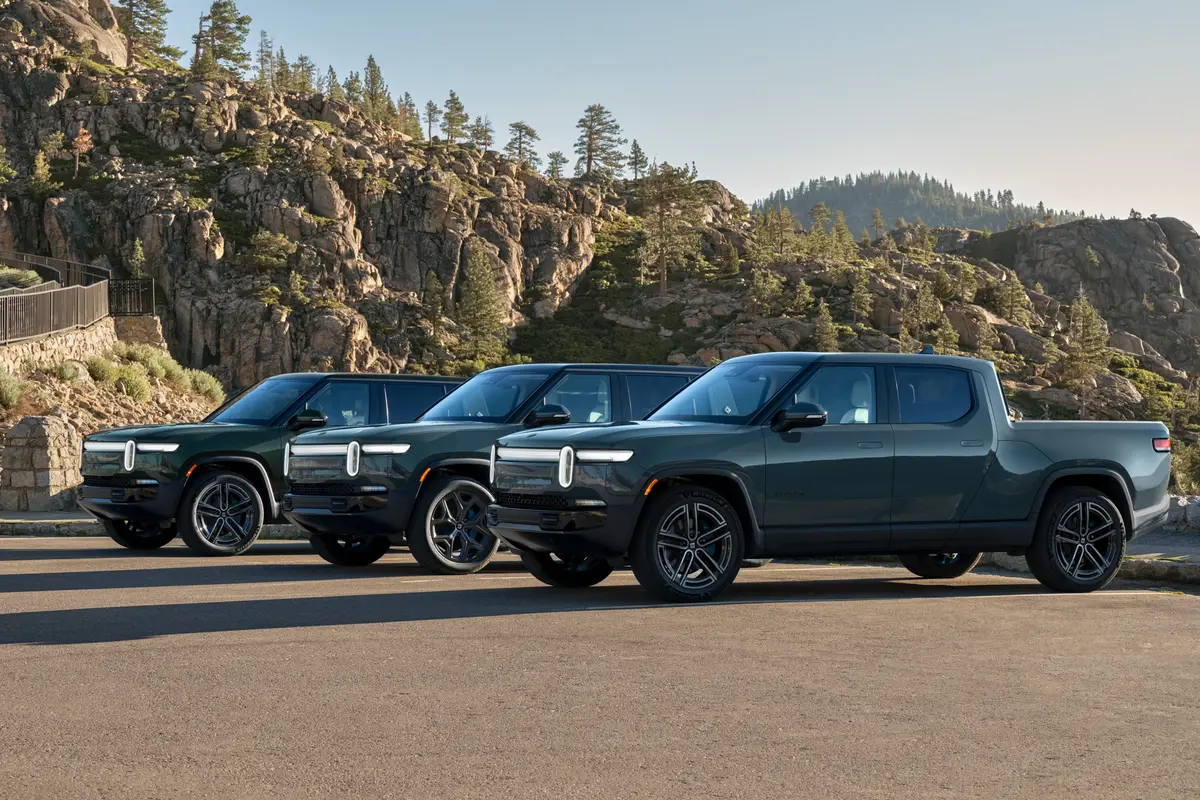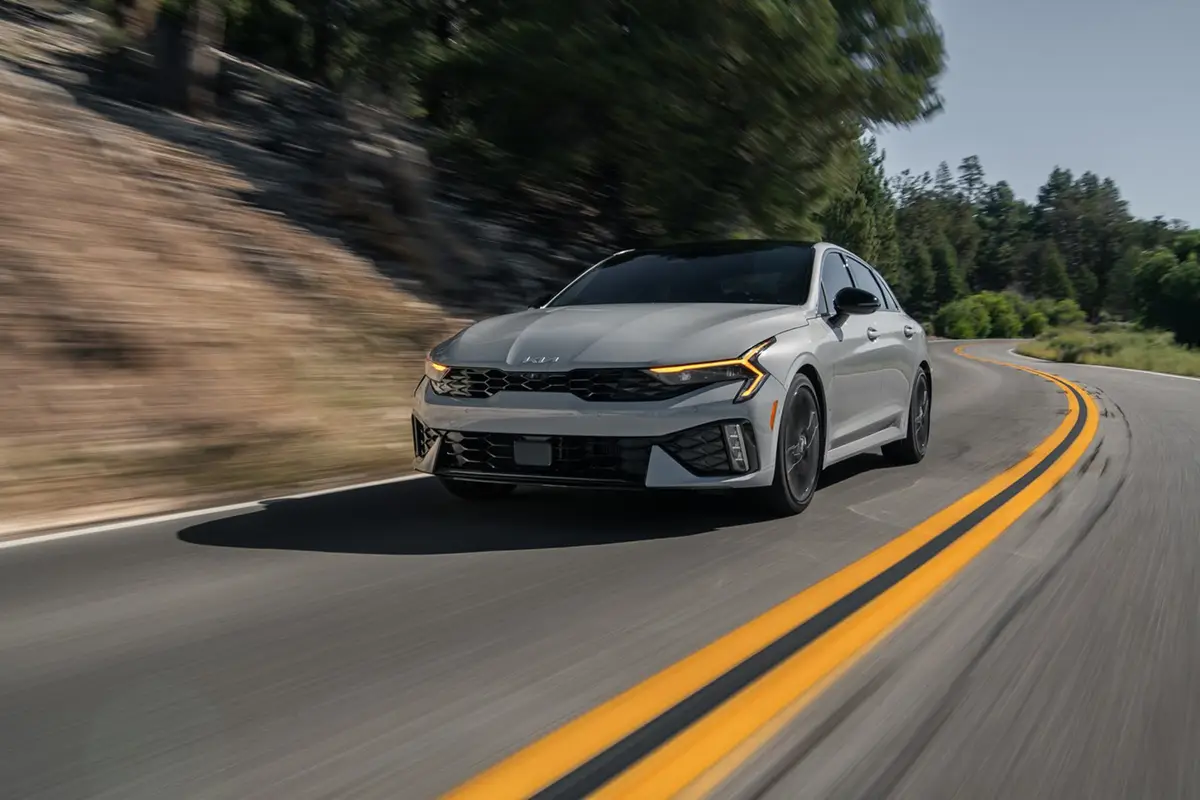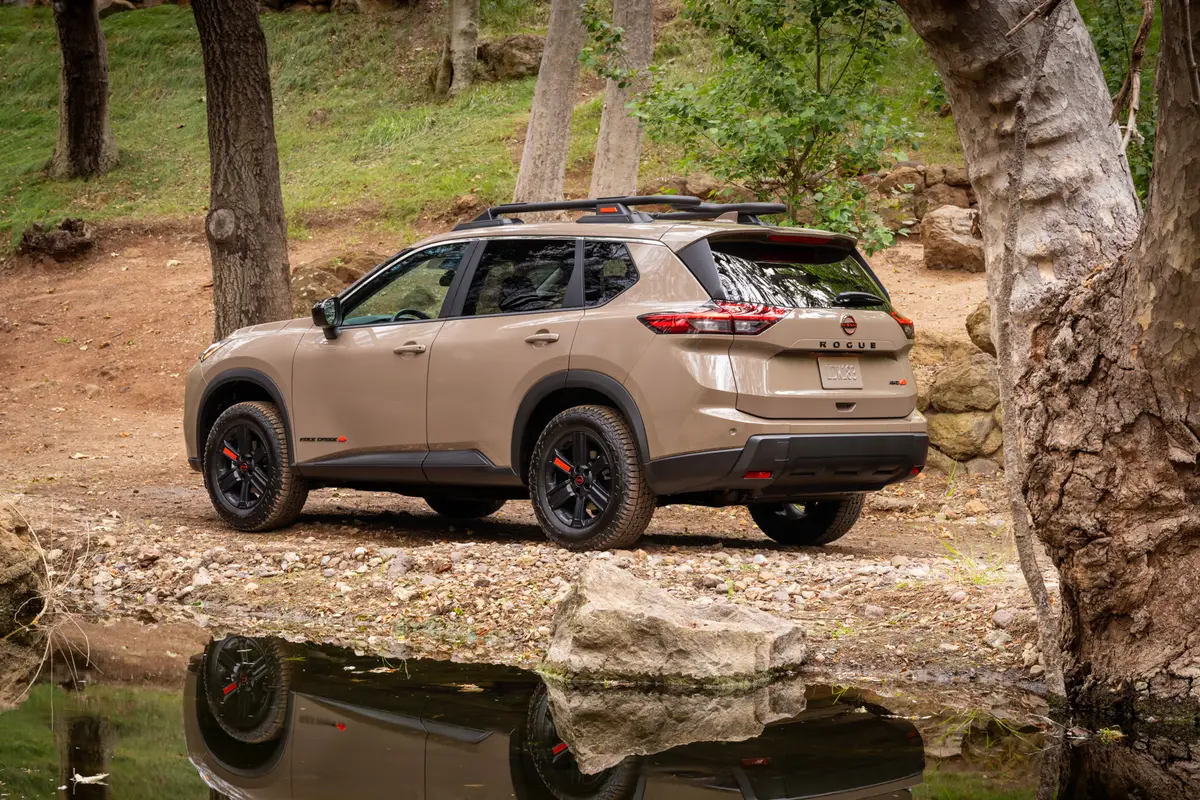TheMercuryNews.com's view
The market for big American luxury cars has stabilized — and it’s at a level that’s just a drop in the bucket compared to what it used to be.
Cadillac sold 105,000 of its largest car, the DeVille, in 1997 — up from 104,000 in 1996. Lincoln sold 93,000 Town Cars — down about 1,300 units from 1996. Sales of similar models — the Chrysler New Yorker and LHS, the Ford Crown Victoria, the Mercury Grand Marquis, the Buick Roadmaster and Park Avenue, Cadillac Fleetwood and Oldsmobile Eighty Eight and Ninety Eight — didn’t show much movement either.
In fact, the only movement was of models leaving the market. The New Yorker, Fleetwood, Roadmaster and Ninety Eight were sold for the last time in 1997.
The best testimony that this remains a dead segment is the fact that neither the Japanese nor the European automakers are coming to the United States with competitive products. They’re anxious to sells trucks and minivans and, certainly, smaller, sportier luxury cars, but not these big behemoths.
Yet, even as they’re trimming the number of products offered, the Big Three aren’t leaving this segment. Chrysler just unveiled two new 1999 models, the LHS and the 300M, that will arrive later this year. And, for the 1998 model year, Ford has revamped all three of its “big cars,” the Town Car, the Grand Marquis and the Crown Victoria.
A week and several hundred miles in the 1998 Lincoln Town Car shows a product that’s trying to stretch for a slightly younger buyer — the average buyer is in his or her mid-60s — while steadfastly refusing to do anything that will chase away its Geritol-generation owner base.
That’s why the Town Car looks so different but really isn’t.
What hasn’t changed with Lincoln’s flagship is its position as a rear-wheel-drive, full-size luxury sedan. Power comes from two versions of Ford’s 4.6-liter V-8. An automatic transmission is the only choice. And, yes, seating for six is available and the ride, while a bit stiffer, remains just like the seats — pillow soft.
What has changed is the car’s exterior. Gone is the boxy shape that was so familiar to anyone who ever spent any time in a limousine. Its wire wheels, very long hood and trunk, square headlights and rear opera window cemented the Town Car into another era of American motoring.
It was the kind of car that merited a review in House and Garden, which, in 1989, said that the Town Car “proves that bigger is sometimes better.”
With that in mind, Ford designers and engineers went about the task of remaking the Town Car. Its exterior is dramatic, and dramatically different. This car now shares a family resemblance with the other Lincolns, including the Continental, the Mark VIII and the Navigator sport-utility. That includes a large, chrome grille, lots of glass for improved visibility and an airier feel, rounded body panels and clean-lens headlights.
It’s a much improved look, making the Town Car seem mor e contemporary and aerodynamic. It does nothing, however, to make this seem like a smaller car. Frequently, during my week with the Town Car, people commented about the hugeness of the car. It’s partially a commentary on how small cars have become and partially a commentary on how little people see cars the size of Town Cars and DeVilles here in Northern California.
1998 Lincoln Town Car interior
On the inside, the instrument panels and gauges are all new. They’re smartly placed and operate efficiently, although the memory-seat settings continue to confuse me.
The seats themselves are thick, comfortable and rich-looking. Roominess, in front and back, is excellent.
On the road, the Cartier Series Town Car benefits from a 220-horsepower V-8. Here, it’s a strong but subtle powerplant. It moves this heavy car efficiently. It isn’t real fast or real loud, but it doe s offer a confident type of power. Buyers of the cheaper Executive and Signature series get a 200-h orsepower version of this engine.
Like the segment itself, prices for Town Cars have stabilized, too. They’re now in the $38,000 to $45,000 range, and down slightly from 1997 levels. The rival DeVille plays in the same territory.
While the re-do of the Town Car is much appreciated and long overdue, it seems unlikely that a car of this size and price will do anything other than attract the same old buyer.
SPECS
What we drove: 1998 Lincoln Town Car Cartier Designer Series, a four-door luxury sedan with a 4.6-liter V-8 engine and an automatic transmission.
Base price: $41,830
Price as tested (includes options, delivery charge and discounts): $44,220
Curb weight: 3,860 pounds
Length: 215.3 inches
Turning circle (curb to curb): 42.2 feet
Standard features: Dual air bags; JBL AM/FM stereo system with cassette; leather seats; 40/20/40 front seat with 8-way power driver and passenger with memory and lumbar; anti-lock brakes; SecuriLock anti-theft system; air conditioning; power locks; keyless entry; power mirrors; cruise control.
Options on test vehicle: Premium package with power moon roof and trunk-mounted CD changer; California emissions
EPA figures: 17 mpg (city); 25 mpg (highway)
Latest news



